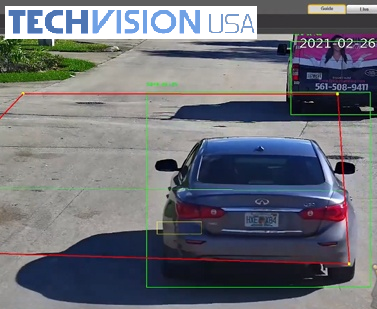Anyone who has been researching video surveillance has definitely heard of H.264. H.264 is a video compression standard that provides the most efficient video compression techniques available today without compromising image quality. An H.264 encoder can compress the size of a digital video file by more than 80% compared with the MJPEG format and as much as 50% more than MPEG-4. The high cost of hard disk drive storage makes H.264 video compression a major improvement over previous methods. The chart below demonstrates the space savings. The dark blue line at the bottom of the chart shows the space taken up by video being compressed with H.264, while the red line above it shows MPEG4. The light blue line at the top of the chart shows the inefficiency of Motion JPEG compression.

If you have ever taken a picture with your digital camera, you are most likely familiar with JPEG images. JPEG images are compressed, but only very slightly. This is because, as an image is compressed, there is some loss of quality. However, when video is compressed, especially with H.264, the loss of quality is minimized by the techniques involved with the compression. In the case of H.264, this is achieved by using “reference frames”. In a video clip, the first frame is a reference frame. If nothing changes over a period of time, the only thing that is recorded is a notation that says “keep using the reference frame”. When something changes or there is motion, the first frame recorded after the change or motion becomes the new reference frame and so on. So, only changes are recorded and not every frame. The idea behind this is, why record the same picture over and over when nothing is changing. This saves a significant amount of space on the hard drive of the DVR.












